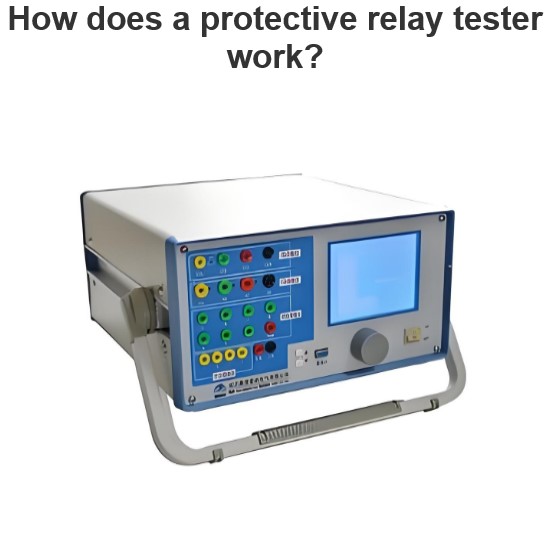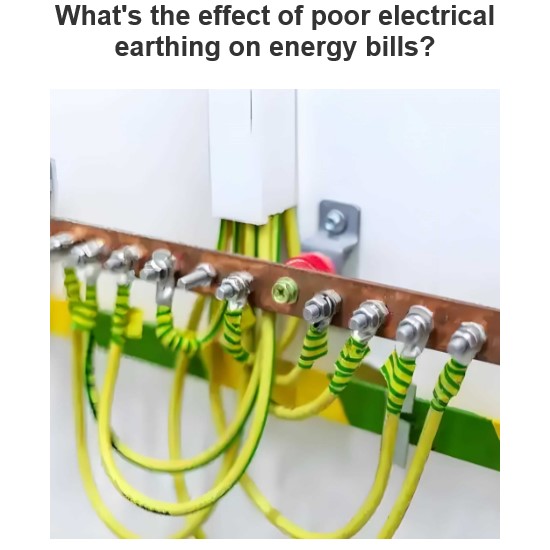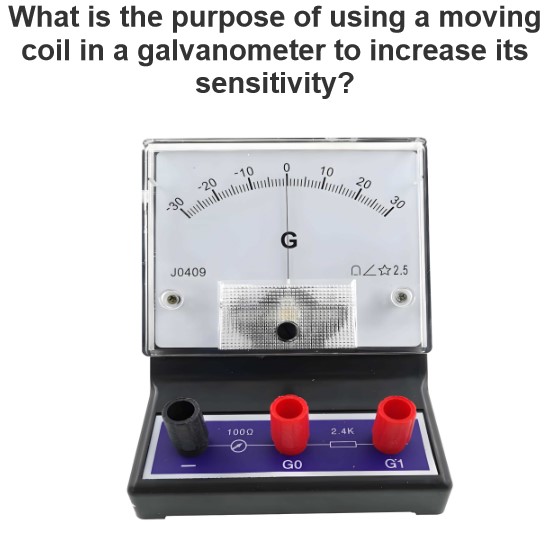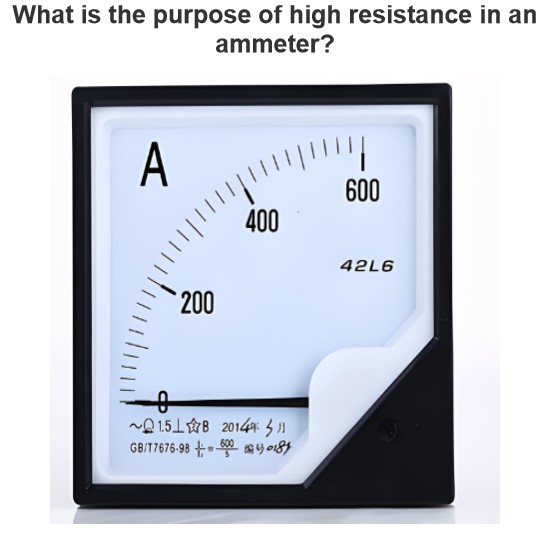What is the difference between an automatic voltage regulator and a thyristor voltage regulator?
Automatic Voltage Regulators (AVRs) and Thyristor Voltage Regulators (TVRs) are both devices used to regulate voltage, but they differ in their working principles, application scenarios, and performance characteristics. Here are the main differences between AVRs and TVRs:
Automatic Voltage Regulator (AVR)
Working Principle
Principle: AVRs typically operate based on electromagnetic principles or servo-motor-driven carbon brush adjustment methods. They detect the output voltage, compare it with a preset value, and adjust the tap positions of an internal transformer or the position of carbon brushes to maintain a stable output voltage.
Control Method: They usually use analog or digital control circuits with feedback mechanisms to adjust the output voltage.
Advantages
High Stability: They can maintain a stable output voltage over a wide range of input voltages.
High Precision: Output voltage fluctuations are minimal, making them suitable for applications requiring high voltage stability.
High Reliability: Simple structure, low maintenance costs, and long lifespan.
Disadvantages
Slow Response Time: Due to the movement of mechanical components, the response time is longer, making them unsuitable for applications requiring fast response times.
Noise and Vibration: Mechanical components can produce noise and vibration.
Application Scenarios
Home and Office: Protecting household appliances and office equipment from voltage fluctuations.
Industrial Equipment: Protecting precision instruments and equipment to ensure their normal operation.
Power Stations and Substations: Stabilizing grid voltage to ensure power quality.
Thyristor Voltage Regulator (TVR)
Working Principle
Principle: TVRs use the conduction and cutoff characteristics of thyristors to regulate the output voltage. By controlling the firing angle of the thyristors, the amplitude of the output voltage can be changed.
Control Method: They typically use digital control circuits with pulse width modulation (PWM) techniques to precisely control the conduction time of the thyristors.
Advantages
Fast Response Time: Thyristors have fast switching speeds, allowing voltage regulation to occur within milliseconds, making them suitable for applications requiring fast response times.
High Regulation Precision: Precise control of the thyristor firing angle enables high-precision voltage regulation.
No Mechanical Wear: No mechanical components, avoiding wear and tear and potential failures.
Disadvantages
Higher Cost: The cost of thyristors and associated control circuits is higher, leading to a higher overall cost compared to AVRs.
Harmonic Interference: The switching action of thyristors can generate harmonics, potentially causing interference with the power grid and other equipment.
High Heat Dissipation Requirements: Thyristors generate heat during operation, requiring effective cooling measures.
Application Scenarios
Industrial Automation: Controlling the voltage of motors, variable frequency drives (VFDs), and other equipment to achieve precise speed and position control.
Power Electronics Equipment: Voltage regulation for uninterruptible power supplies (UPS), inverters, and other power electronics devices.
Laboratories and Testing Equipment: Applications requiring high-precision voltage regulation.
Summary
Both AVRs and TVRs have their own advantages and suitable application scenarios. AVRs excel in stability, reliability, and cost-effectiveness, making them ideal for applications requiring high voltage stability and not needing fast response times. TVRs excel in fast response time, high regulation precision, and no mechanical wear, making them suitable for applications requiring fast response and high precision. The choice between the two depends on specific application requirements and budget.
The Electricity Encyclopedia is dedicated to accelerating the dissemination and application of electricity knowledge and adding impetus to the development and innovation of the electricity industry.




